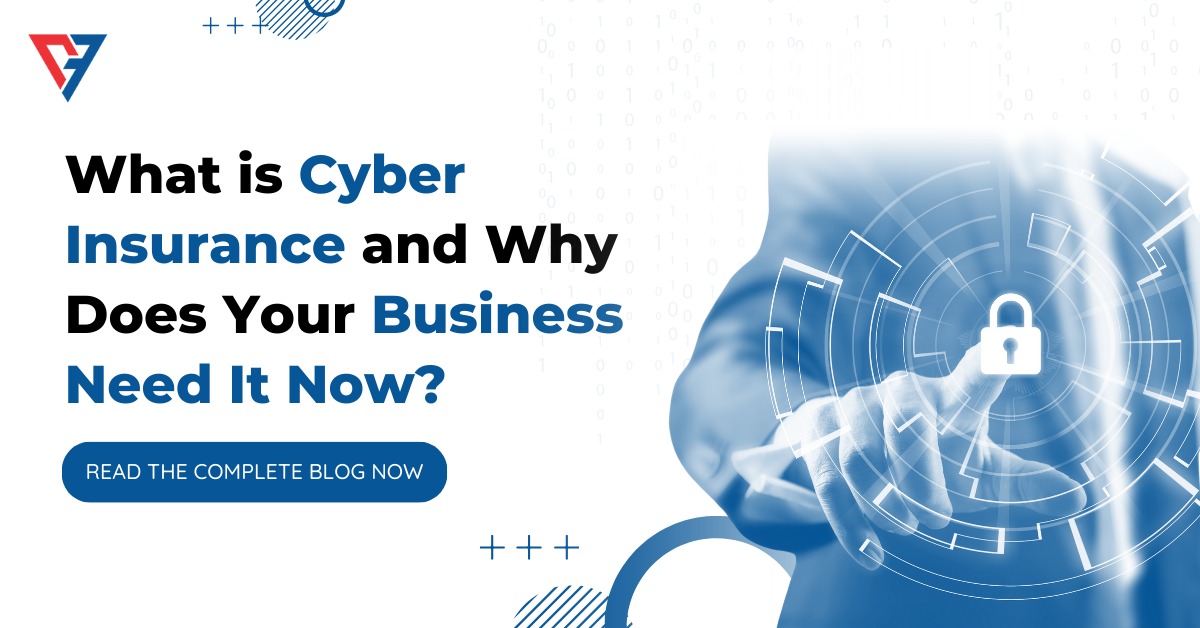
Imagine waking up to find your business held hostage by cybercriminals, demanding a hefty ransom. This might sound like a plot from a thriller, but it’s a reality for many companies today. Cybercrime is on the rise, with the average cost of a data breach reaching a staggering $4.45 million in 2023. In fact, the global cyber insurance market is projected to grow from $7.8 billion in 2020 to $20.4 billion by 2025, driven by the increasing need for businesses to protect themselves against these threats. With 47% of small and medium-sized enterprises (SMEs) in the U.S. already having cyber insurance, it’s clear that this is an essential component of modern risk management. In this blog, we will explore how cyber insurance works, its benefits, and limitations, and how to integrate it into your risk management strategy.
Cyber insurance is designed to mitigate the financial impact of cyber incidents. It covers a variety of cyber risks including data breaches, network damage, and even cyber extortion. Here’s how it functions:
Policies typically cover legal fees, public relations costs, data recovery, and notification expenses to affected parties. This financial protection can be a lifesaver for businesses, as the average cost of a data breach is now over $4.45 million.
When a cyber incident occurs, the insured company files a claim. For example, in 2022, 28% of companies with cyber insurance filed a claim following a cyber incident. This highlights the importance of having a comprehensive cyber insurance policy in place.
With the average cost of a data breach being $4.45 million, having a cyber insurance policy can be a lifesaver. It provides financial protection against the significant costs associated with responding to and recovering from a cyber incident.
Cyber insurance helps transfer some of the financial risks associated with cyber threats away from your business. This can be particularly valuable for companies with limited financial resources or those that are vulnerable to cyber-attacks.
Many policies offer access to cybersecurity services, helping businesses improve their defenses and respond effectively to incidents. This can include services such as incident response planning, threat intelligence, and vulnerability assessments.
Not all policies cover every type of cyber incident. It’s crucial to understand the specific coverage and exclusions of your policy to ensure you are adequately protected.
Premiums can be high, especially for businesses with a history of cyber incidents. It’s essential to carefully evaluate the costs and benefits of cyber insurance to ensure it is a worthwhile investment for your business.
Understanding and managing a cyber insurance policy can be complex and time-consuming. It’s important to work with an experienced insurance broker or risk manager to ensure you are getting the right coverage for your business.

Identify potential cyber threats and vulnerabilities within your organization. Conduct regular risk assessments to identify areas that need improvement.
Select a policy that fits your business needs and risk profile. Consider factors such as the types of cyber risks you face, your financial resources, and your business goals.
Use cyber insurance alongside robust cybersecurity practices, such as regular updates, employee training on cybersecurity for beginners, and comprehensive cybersecurity services. This integrated approach can help you stay ahead of cyber threats and minimize the impact of a cyber incident.
Keep up with the latest in information security awareness to ensure your policies and practices are up-to-date. Stay informed about emerging cyber threats and best practices in cybersecurity to ensure your business remains secure.
Cyber insurance is an essential component of modern risk management. It provides crucial financial protection and support services in the event of a cyber incident. However, it should be part of a comprehensive strategy that includes robust cybersecurity measures and ongoing cyber awareness training. By integrating cyber insurance into your risk management strategy, you can minimize the impact of a cyber incident and ensure the long-term success of your business.
Notifications